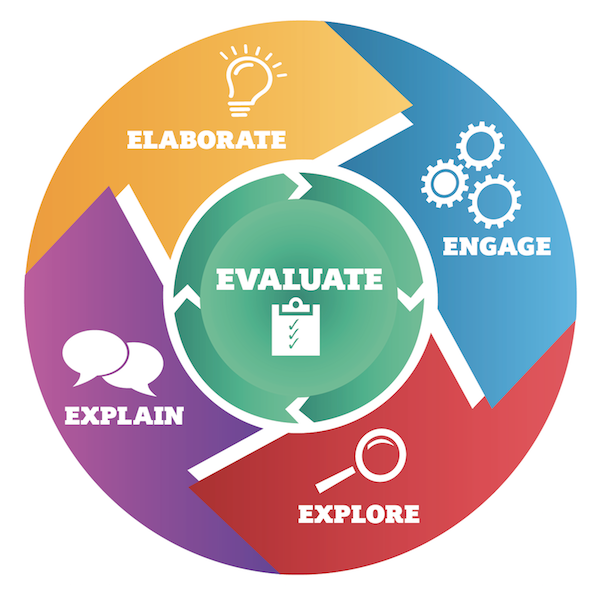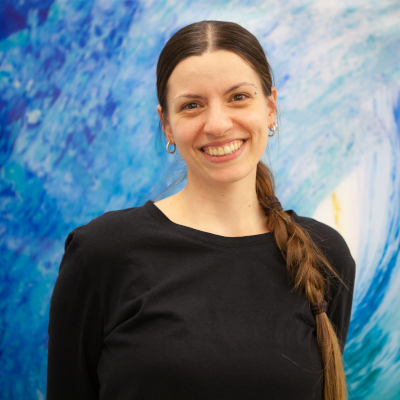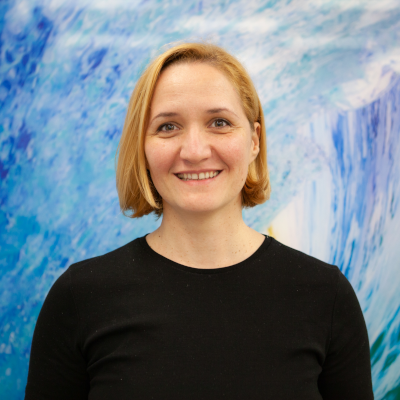Methodology
How do we teach programming and robotics to children? The anatomy of each of our classes, regardless of age, is inspired by the Lego Education 5E Science method. In our experience, this approach best meets the two basic goals of each class, to be educational and fun.
The following is a description of our implementation of this methodology.
The 5E Model of Instruction
Engage
During this phase, we create an ambience, play physical games or tell short stories. It is desirable that children are active and on the move during this phase.
The goal of this phase is to capture children’s curiosity about what they will create in class. Also, to remind them of what they already know and prepare them for new things they will learn.
The lecturer is the central figure of this phase, the ambience and the story are completely directed.
Explore
In the research part of this phase, children actively research, make Lego models, use and get to know devices, experiment with program blocks in the way they want. As they research, ideas are born, information is collected and organized related to the new things they will use. There is no goal, correct or incorrect answer at this stage.
The goal of this phase is to encourage experimentation, release the fear of making mistakes, and encourage creativity and the birth of ideas.
The lecturer is mostly passive at this stage, answering questions and solving technical problems. If possible, research should be a joint activity.
In doing part of this phase, we communicate a project or task that is the topic or goal of the class. We prefer projects over logical puzzles (e.g. make a presentation about yourself as opposed to find a way out of the maze).
The goal of this phase is to develop creativity, learn and think about solving strategies, strengthen critical thinking and problem solving techniques.
The lecturer at this stage should be in the role of the leader of knowledge acquisition. He does not need to know or offer every answer, but with effective questions and sub-questions, state the right ones.
Explain
During the explanatory phases, students look back at what they did and talk and share what they noticed during the research and do phases.
At this stage, the lecturer is in the role of a classic teacher, but also a moderator. He clarifies what is unclear, corrects what is wrong, but also asks questions, for example: what was the most difficult, what was the most interesting, etc.
Extend
In this phase, we create new challenges that build on the things that children have learned in previous phases.
The goal of this phase is to apply new knowledge and determine what they have learned. Children who failed to complete the phase come to an end, get help from friends or lecturers, and those who succeed, work on new challenges.
At this stage, the lecturer makes a differentiation. He dedicates himself more to those who have coped more slowly and instructs students who have done faster to help others.
Evaluate
This phase involves playing with what they have done. This phase must be a joint activity, whether it is a competition, or a game that involves testing boundaries, trying new things, experimenting and researching in directions that children choose for themselves.
The goal of dividing the part of this phase is togetherness, but also emphasizing those aspects of the game that are central to creative learning.
The role of the lecturer is to enable everyone to show their work and allow everyone a sense of creative pride. It is perfectly fine for them to bring and introduce their parents and show them what they have done.
Finally, instead of evaluating children, we evaluate the experience. We are always looking for an answer to two questions. Did they learn anything new? Did they have fun? The lecturer asks these questions and takes care that their work is preserved. At the end of each course, we share everything they did with their parents.





